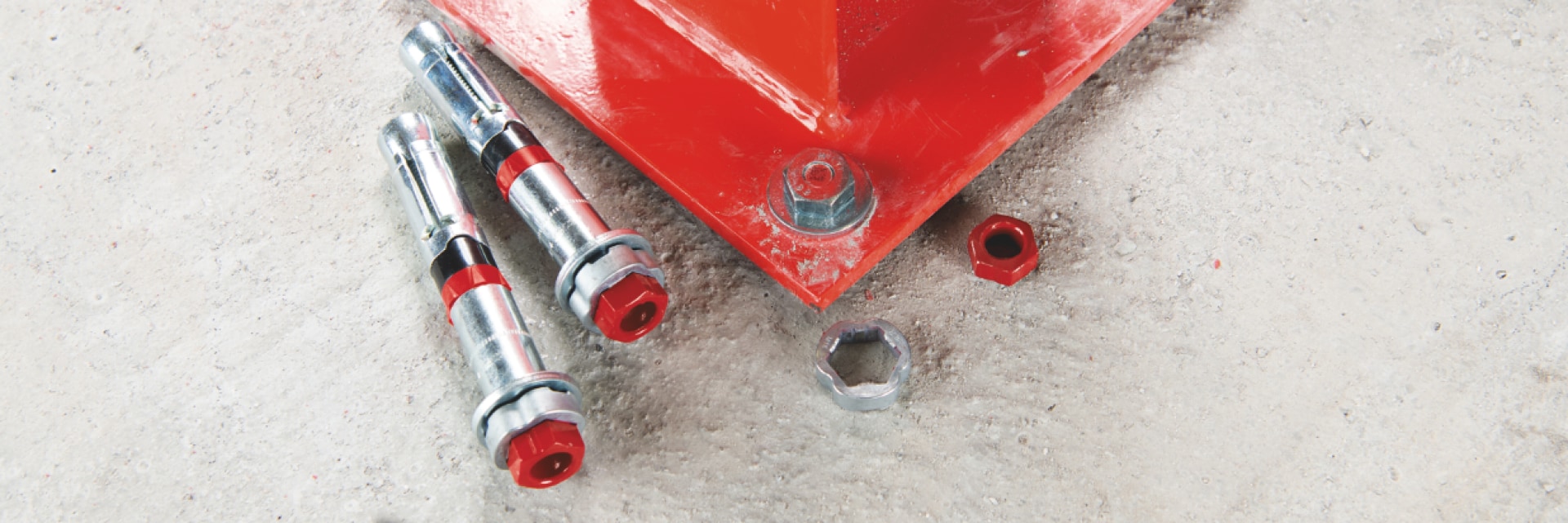1. Adaptive Torque System
If you work with anchors daily, you'll know that over-torqued and under-torqued anchors are among the most common causes of failed jobsite inspections. Independent studies have also identified poor construction procedures as one of the main causes of structural failure.
It doesn't come as a huge surprise, especially when the tools available don't match the current demands. To correctly install an anchor, your choices are either a slow and imprecise torque wrench, cumbersome torque bars or a powered impact wrench, which lets productivity soar while safety and reliability slump.
But thanks to Hilti's anchor innovation, the Adaptive Torque (AT) system, you don’t have to compromise. The small, light interface slots in between the impact wrench and battery. It crunches live data from the SIW 6AT-A22 impact wrench to recognise when an anchor has been correctly installed. AT-ready tools are also equipped with the sensors and on-board intelligence to confirm if an anchor has been torqued according to ETA approvals.

